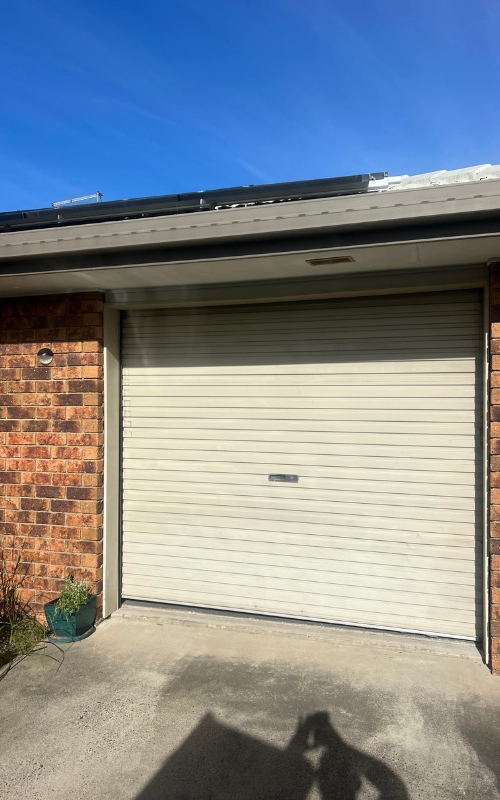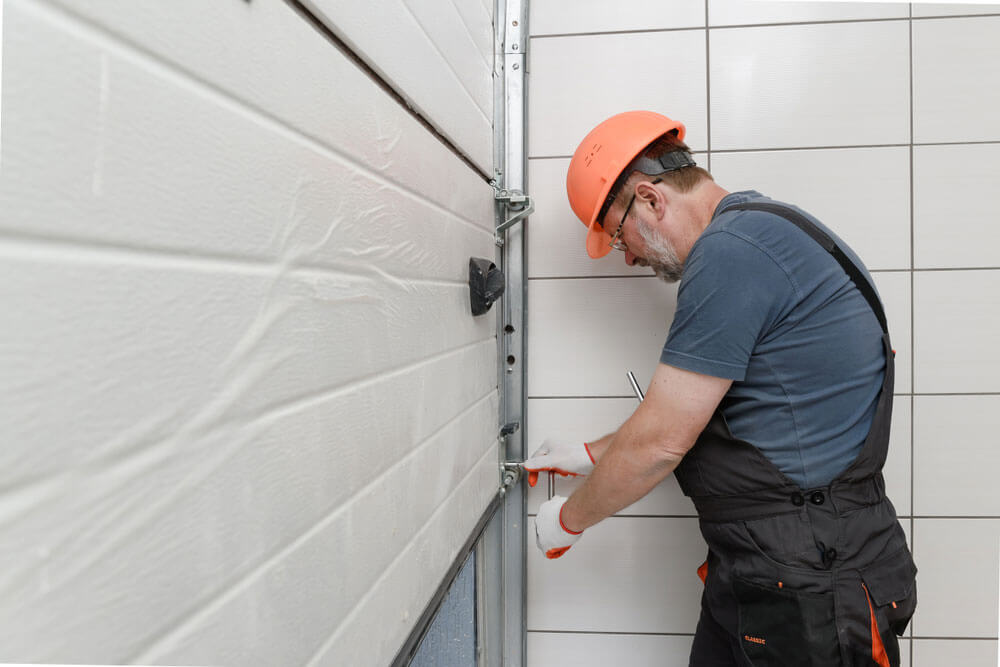Introduction
Every homeowner has experienced the moment when they realize that their garage door, once a reliable entry point, has started to show signs of wear and tear. For many, this moment is accompanied by a mix of nostalgia and frustration. Your garage door serves not just as an entryway but also as a protective barrier for your car and other belongings. But how do you know when it’s time to replace that old manual garage door? In this article, we’ll delve into the various factors that influence the decision to replace your garage door, explore different types of garage doors available today, and provide insights on maintenance and installation options.
When It’s Time to Replace Your Old Manual Garage Door
Recognizing the right time to replace your old manual garage door can be tricky. Here are some critical indicators:
Frequent Repairs: If you're constantly calling for repairs or fixing issues like broken springs or hinges, it might be more cost-effective to replace rather than repair.
Age: Most manual garage doors have a lifespan of 15-30 years. If yours is nearing or exceeding this age, replacement may be necessary.
Lack of Insulation: Older models often lack proper insulation, which can lead to higher energy bills.
Outdated Style: Aesthetics matter! If your garage door looks dated compared to modern styles, replacing it could boost your home’s curb appeal.
Safety Concerns: Many older manual doors lack essential safety features found in newer models.
Increased Energy Costs: An inefficient door can drive up heating and cooling costs due to poor insulation.
Understanding Different Types of Garage Doors
Before diving deeper into when it’s time to replace your old manual garage door, let’s explore the types available today:
Sectional Garage Doors
These are made up of several horizontal panels connected by hinges that allow them to move up and down smoothly. They are popular for their functionality and aesthetic appeal.
Roll-Up Garage Doors
Roll-up doors consist of slats that roll around a drum above the opening. They’re great for saving space and are commonly used in commercial settings.
Slide to the Side Garage Doors
As the name suggests, these doors slide horizontally along a track rather than moving up vertically.
Side-Hinged Garage Doors
These doors swing open from the center like traditional doors and offer a classic look with easy access for foot traffic.
Tilt-Up Canopy Garage Doors
These swing outwards and then tilt upwards into the garage space itself.
Tilt-Up Retractable Garage Doors
Similar mechanics as canopy doors but retract fully into the ceiling space when opened.
Material Matters: Choosing The Right Garage Door Material
Garage doors come in various materials—each offering distinct advantages:
- Steel Garage Doors: Durable and low-maintenance; ideal for security. Aluminium Garage Doors: Lightweight but susceptible to dents; good for coastal areas due to rust resistance. Wood Garage Doors: Classic aesthetic but require regular maintenance (painting/staining). Fibreglass Garage Doors: Resistant to denting; mimics wood appearance without heavy upkeep. Vinyl Garage Doors: Low maintenance with high durability against scratches and fading.
The Benefits of Upgrading from Manual to Automatic Garage Doors
Are you still using a manual garage door? Here are compelling reasons why you should consider upgrading:
Convenience: No more getting out of the car in bad weather!
Enhanced Security Features: Modern automatic doors come with better locking mechanisms than older models.

Smart Technology Integration: Smart garage door openers allow you control via your smartphone or voice assistant.
Increased Home Value: Potential buyers appreciate modern conveniences—automatic doors can boost property value significantly!
DIY vs Professional Installation of New Garage Doors
Thinking about installing a Click here for info new garage door yourself? Here’s what you should consider:
Advantages of DIY Installation
- Cost savings on labor. Personal satisfaction from completing a project.
However, improper installation can lead to issues down the line—something that could end up being more costly than hiring a professional!
Benefits of Professional Installation
- Expertise ensures proper functioning. Warranty benefits might require professional installation.
In general, if you're unsure about any aspect of installation—especially electrical components—opting for professional help is wise!
Regular Maintenance Tips for Your New Garage Door
Once you've replaced your old manual garage door with something new, keeping it maintained is crucial:
Inspect Springs & Cables Regularly Clean Tracks and Rollers Lubricate Moving Parts Check Weather Stripping Test Safety FeaturesBy staying proactive with regular maintenance checks, you can extend your new door's lifespan significantly!
Common Issues Faced by Old Manual Garage Doors
What problems typically arise with old manual garage doors?
Rusting Mechanisms Misaligned Tracks Worn-Out Springs Difficulty Opening/ClosingAddressing these issues promptly can save homeowners money in unnecessary repairs or replacements down the road!
Garage Door Safety Features You Should Know About
Modern automatic doors come equipped with essential safety features including:
- Auto-Reverse Mechanism Photo Eyes Sensors Manual Disconnects
Understanding these features enhances safety while protecting loved ones from potential accidents during operation.
FAQ Section
Here are some frequently asked questions regarding replacing an old manual garage door:

- Typically between 15–30 years depending on usage and maintenance practices.
- Steel is great for security; wood offers beauty but needs upkeep; vinyl resists weather well.
- Yes! They generally include advanced safety features not available in older models.
- While possible, hiring professionals is recommended unless you have experience—especially with electrical components!
- Look at springs/cables condition, clean tracks/rollers regularly & check weather stripping integrity.
- Absolutely! Insulation helps maintain temperature control inside garages while lowering energy bills overall!
Conclusion
Ultimately, knowing “When It’s Time to Replace Your Old Manual Garage Door” involves understanding both its current performance level and future needs based on lifestyle changes or advancements in technology available today! Whether opting for sectional designs or automatic systems equipped with smart features—the right investment pays dividends over time through enhanced convenience, security & energy efficiency!
Investing time into researching options before making decisions will always yield better outcomes down-the-line—so don’t hesitate any longer; start exploring what works best suited specifically tailored towards enhancing one area most overlooked within homes—their beloved garages!